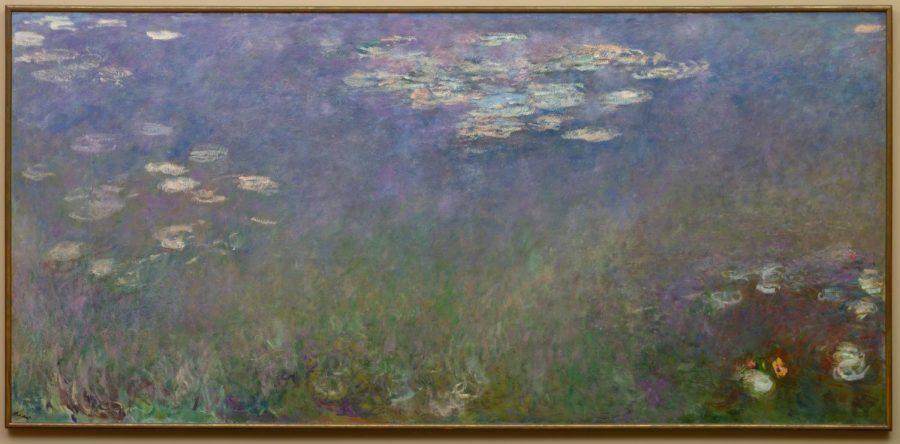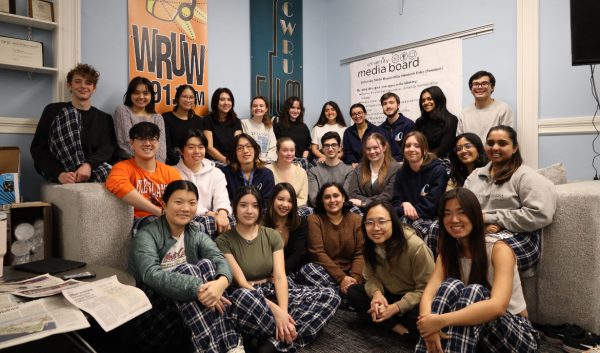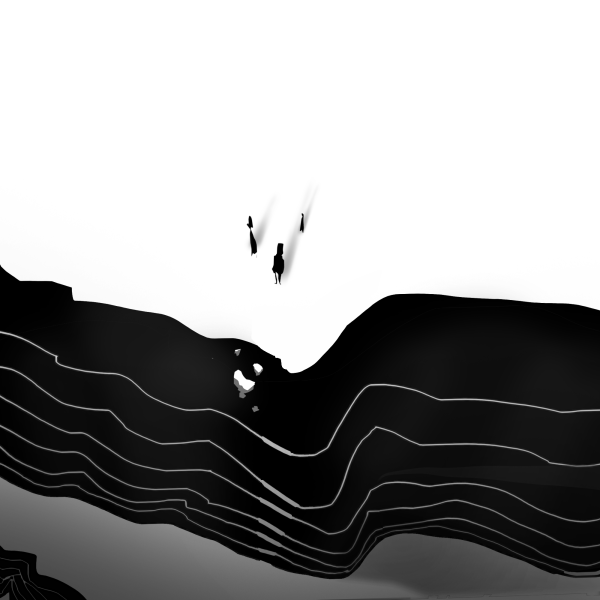EDITORIAL: CMA makes major expansion to Open Access media
January 25, 2019
For a small student paper like The Observer, there are some hurdles we encounter that larger, professionalized publications do not. Often times, getting the perfect photo to complement an article is one of those challenges.
While we’ve built up a nice stock library for articles related to Case Western Reserve University’s campus, it gets more difficult outside this bubble. When there are events or incidents we cannot send a reporter or photographer to, we are typically confined to the limitations of Creative Commons. Contributions to this library of open-use media, then, are especially important when it comes to our ability to constructing the best publication that we can.
The Cleveland Museum of Art’s (CMA) decision to publish 30,000 high quality, Creative Commons images of its collection is a highly equitable and generous use of its resources. For years now, the museum has published its entire collection in an online catalog, but until recently, these pieces were reserved for online viewing only. Now, a multitude of high-profile pieces of art are available for use in a number of media—ours included.
This may not seem like a significant addition, but it is certainly a push against the copyright issues that can bog down other publications and media outlets. “Copyright trolling” has become a legal epidemic, with copyright owners repeatedly filing cases over the last decade against any potential infringers they can find.
On some platforms, this has jeopardized the careers of content creators and producers. A number of major YouTubers, for example, have seen their channels hit repeatedly with copyright claims that cause their work to be taken down. Often times, these supposed infringements are in fact not violations of Fair Use rules but will be removed regardless. In many of the cases where these producers are taken to court, they struggle to pay for their defense.
Seeing a large institution employ its resources so that they can be used by a number of organizations is refreshing and also an important precedent to set for the age of New Media. As the CEO of Creative Commons remarked at an announcement at CMA: “I hope this model of working closely together with visionary organizations will be one that we can replicate with other museums, and that this will become the new standard by which institutions share and engage with the public online.”
In taking this step to advance the Open Access movement, CMA is reaffirming the reality of the online, connected nature of modern media. Information is readily available to anyone with an internet connection, and the ownership of certain sectors of information becomes muddled when it becomes restrictive. The wealth of resources possessed by CMA is no longer confined to the interior of the museum, and can now be made useful outside of in-person viewership.
It poses immense benefit to educational settings, as the revocation of copyright makes the navigation of what can and cannot be used for teaching that much less difficult. Schools and school districts have been subjected to copyright suits in some cases, showing how relentless copyright trolls can be if they have even the slimmest excuse to act.
Any efforts to expand and strengthen the principle of fair use are welcome in this New Media age, and CMA is on the right track by making such an enormous contribution. It may seem niche or irrelevant, but Open Access is imperative to smaller journalistic organizations that are still building up their resources.
To demonstrate what is now possible with CMA’s addition to the Creative Commons library, we have supplemented this article with the favorite piece of our Opinion Editor, “Water Lilies” by Claude Monet. We encourage other students, professors and members of the CWRU community to explore what this new collection has to offer online.




















